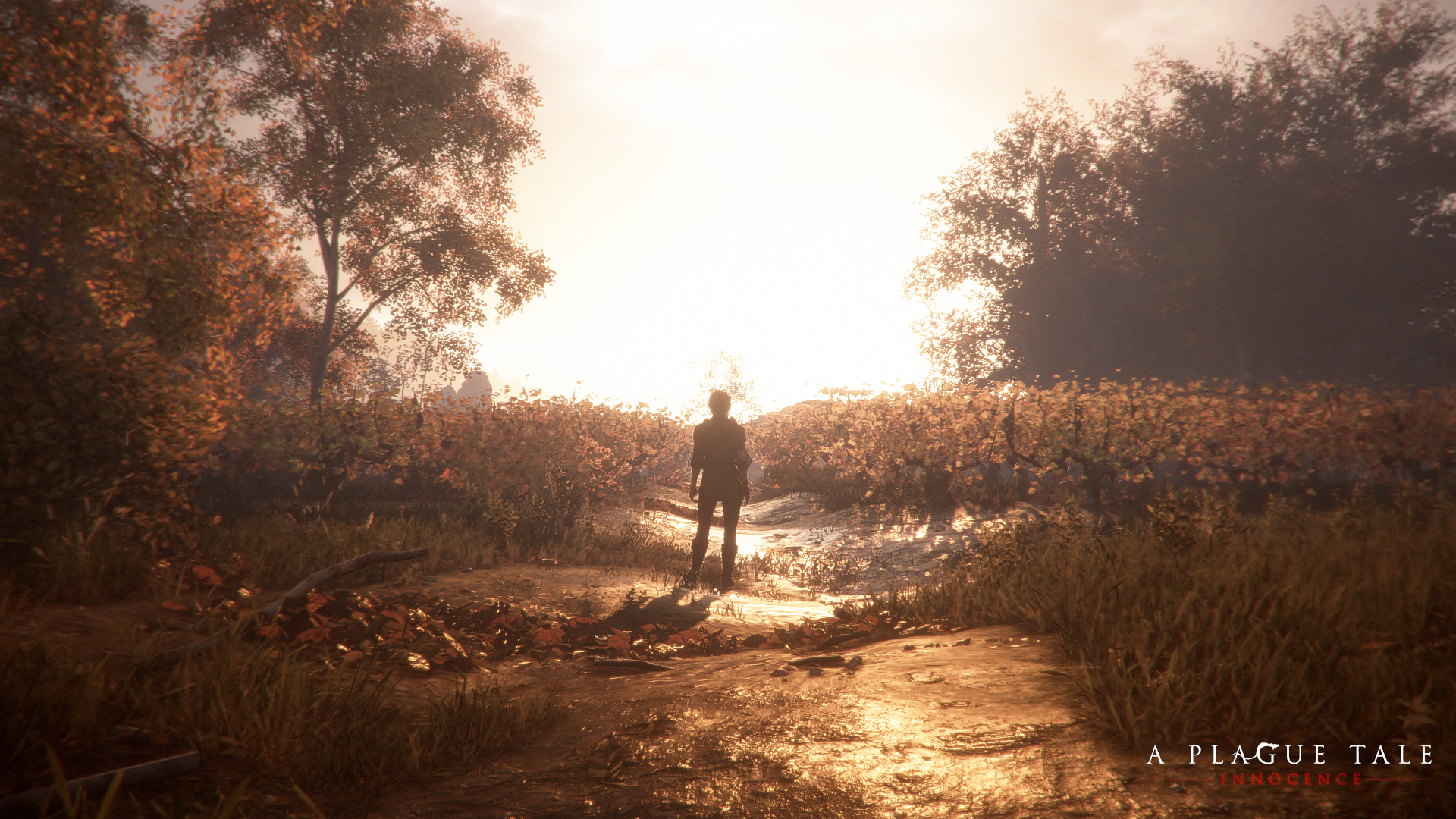A Plague Tale: Innocence overrun with Megascans
A Plague Tale: Innocence, developed by Asobo Studio and published by Focus Home Interactive, is an immersive, emotional story set during the black plague.
Centering on themes of strife and conflict during the French inquisition, the developers were looking to recreate the authentic feel of a world ravaged by sickness and death. And with photorealism being a key element to achieve the story’s true-to-life narrative, Asobo Studio relied on Quixel Megascans.
We spoke with Olivier Cannone, lead artist at Asobo Studio, who told us how the library was able to help his team save time and focus on key details when creating the game’s intricate environments.

“Megascans enabled us to achieve top-notch realistic renderings much more quickly than if we had to do it one by one and by ourselves.”
He noted that this was most evident when creating the village houses.
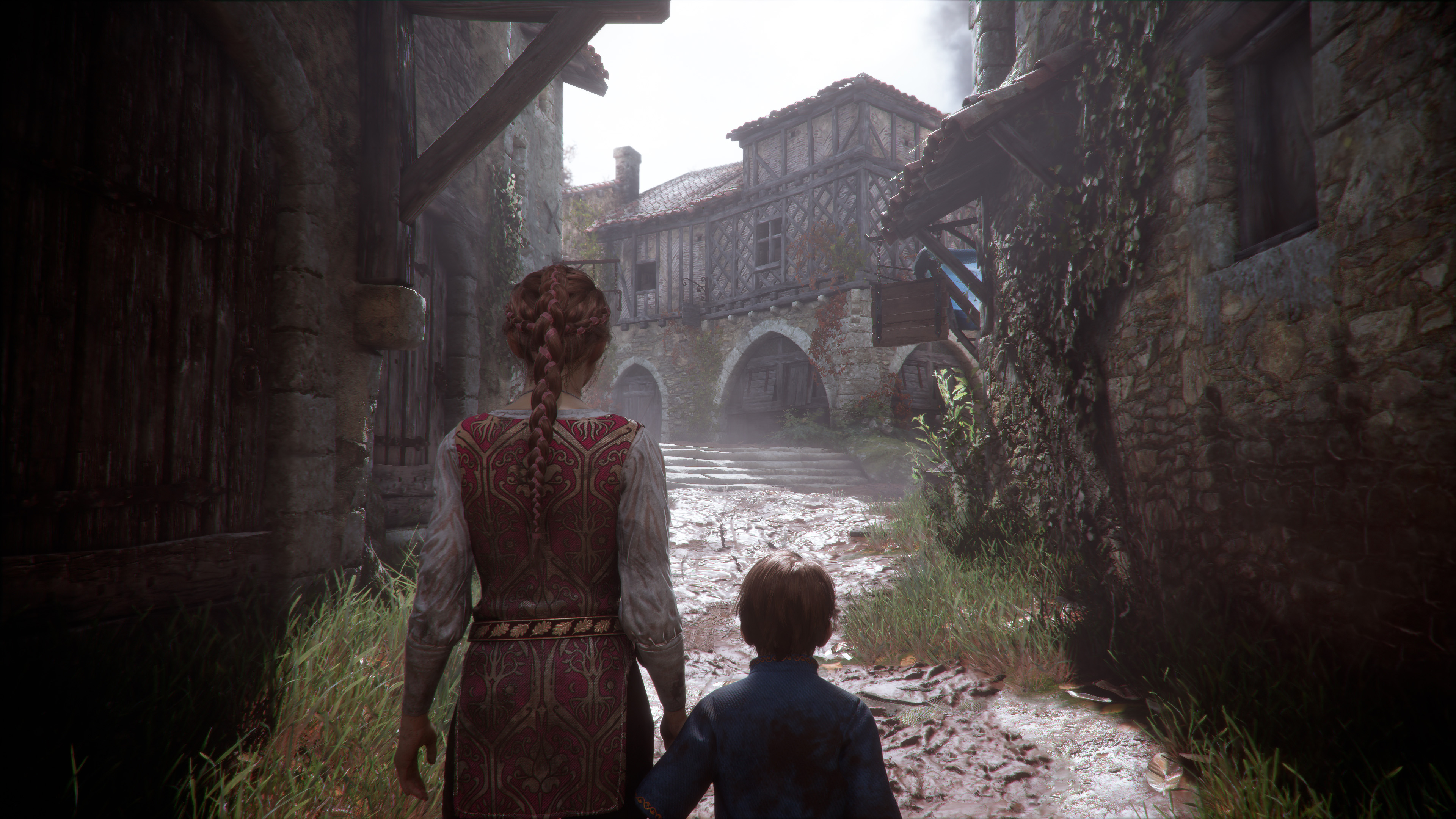
“We saved a lot of time, [and this allowed the team] to focus on what requires our full attention and skills: compositing, modeling, the richness of propping, lighting, environmental narration and so forth.”
“We used Megascans assets for all the organic details (trunks, rocks, vegetation). Photogrammetry of Megascans rocks, for instance, are so realistic that we did not need to do it by hand.”

“It enabled us to enrich and diversify our natural landscapes and, again, focused our attention on specific details and objects.”
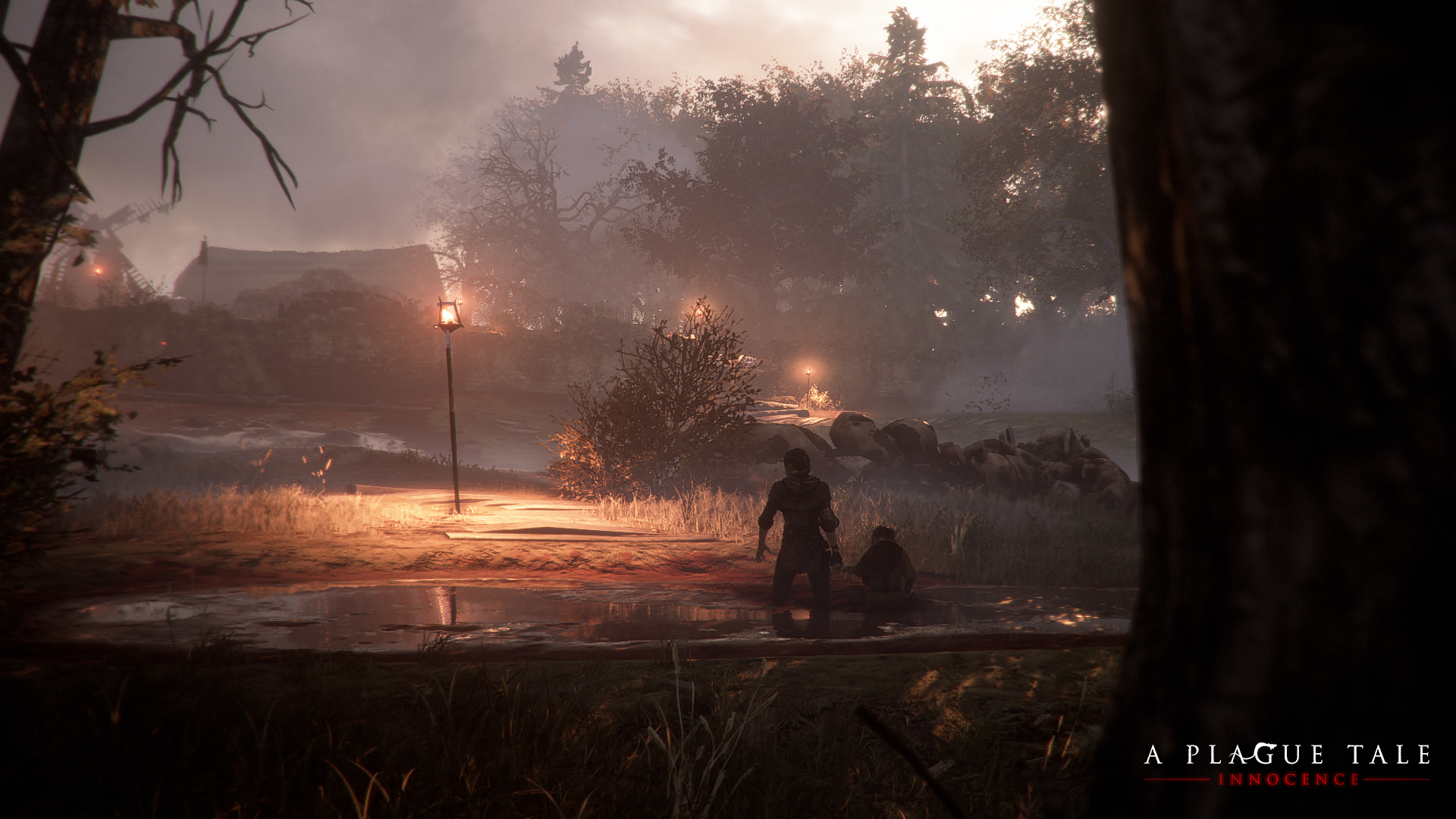

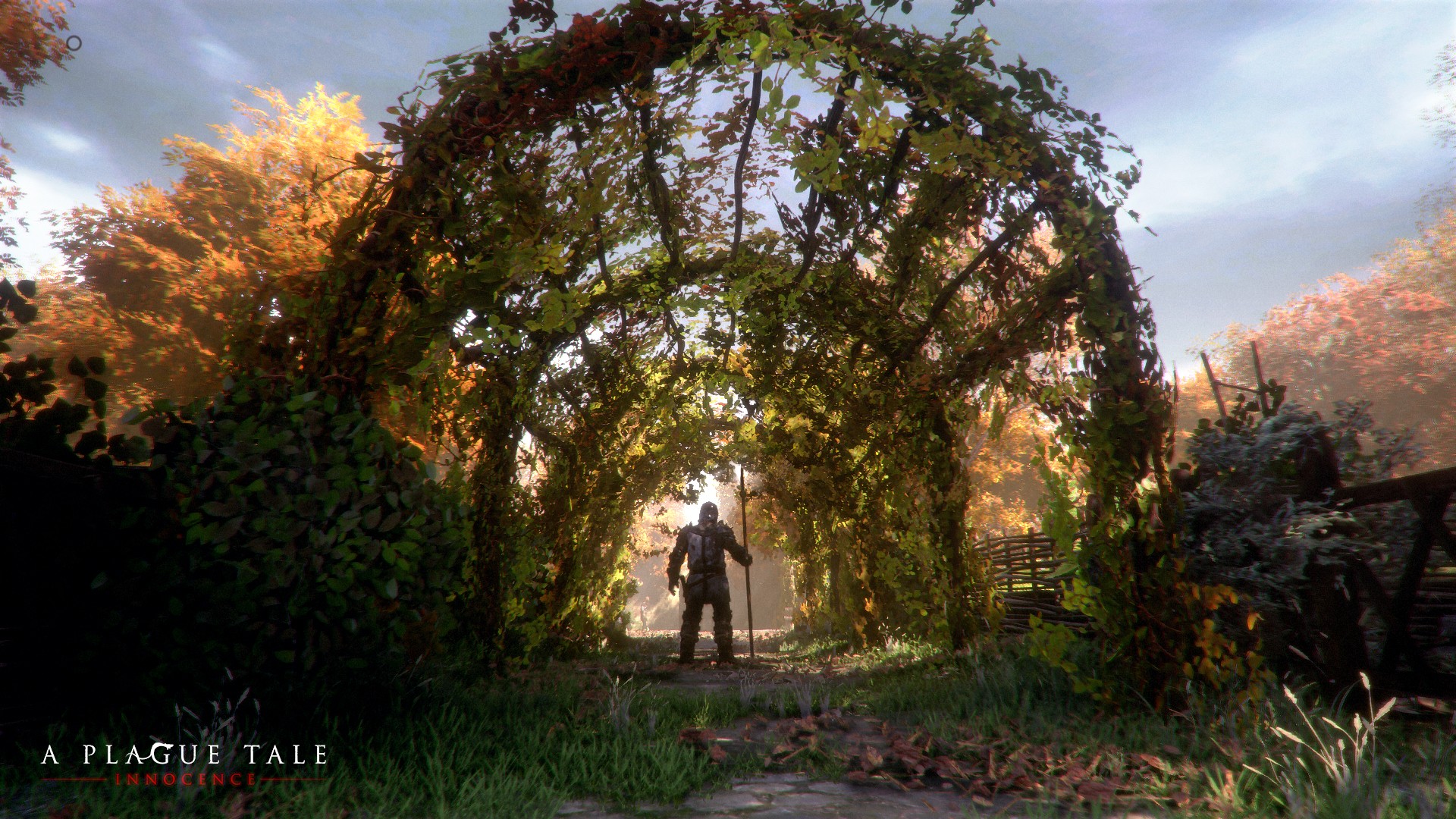
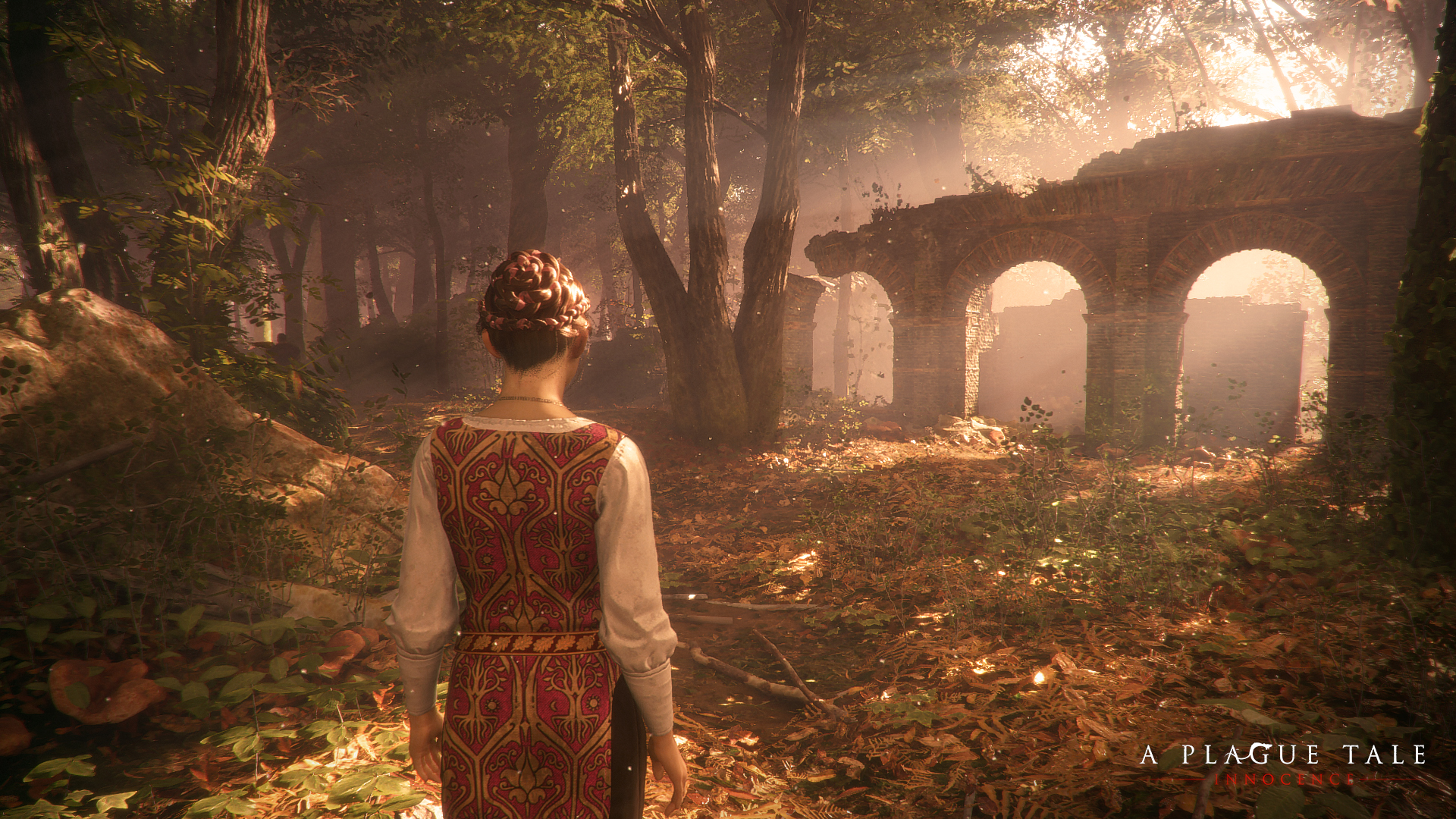
Learn more about A Plague Tale: Innocence, set to launch on May 14. Pre-order the game here.
Check out more from Asobo Studio and Focus Home Interactive.
Discover the Quixel Megascans library.

